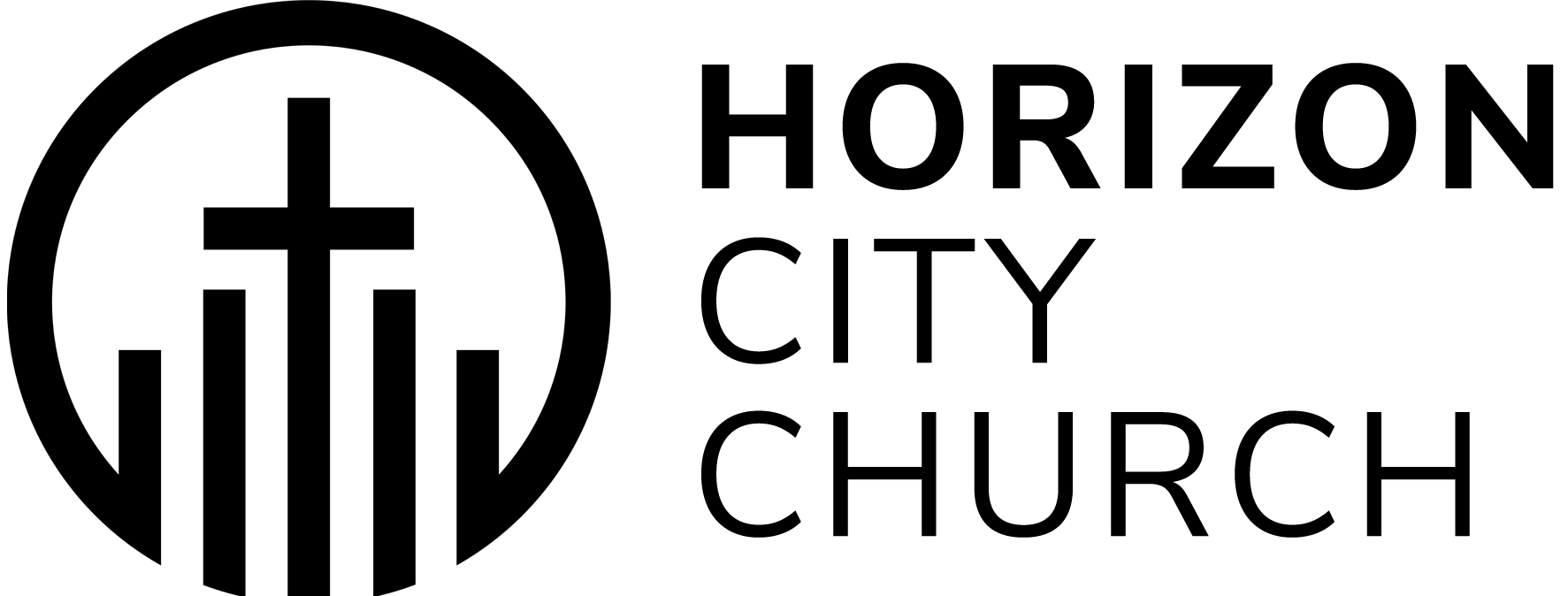
More Than Just Human: Unpacking the Imago Dei and the Everyday Marvel of Human Dignity
A few years ago, I found myself staring at an oddly joyful statue of a pelican in a junky Florida thrift shop. The owner said, “It’s a symbol on every old post office because someone once thought it meant hope.” It struck me as a little ridiculous and also: how often do we look at things—art, people, creation—and think we understand their purpose, when in reality, we’re missing a bigger story?
If you’ve ever wondered if humans are as ordinary as pigeons or as extraordinary as Snapple facts claim, stick with me. Let’s dig into what it actually means to be made in the image of God—and why this idea might be the most daring, practical, and scandalous belief about humanity ever taught.
Conquering Like Alexander—But With Statues of Ourselves?
Picture this: Alexander the Great, history’s ultimate conqueror, rolling into town with his armies. After crushing local resistance, he’d rename entire cities “Alexandria”—at least fourteen of them by his death. Talk about an ego trip!
But here’s where it gets interesting. Alexander would plant statues of himself in every town square before moving on. These weren’t just decorations—they were power moves. “I’m gonna be gone,” he essentially said, “but I want you to see an image of who runs the show.”
When locals got fed up and attacked these statues, Alexander took it personally. Really personally. It was like attacking him directly.
This ancient obsession with projecting our image isn’t so different from humanity bearing the Image of God. We’re living reminders of divine authority—not bronze statues, but breathing icons of human dignity. The drive to leave our mark, to be remembered and respected, runs deeper than conquest.
Unpacking the Imago Dei: What Does It Even Mean?
The term Imago Dei is Latin for “image of God” (makes us sound smarter than we are, honestly). But here’s what gets me—Genesis says humans represent something divine–we’re not just cleverer primates with better tools.
Unlike other creations, God doesn’t just speak us into existence. He breathes His essence into humans. Not into platypuses (sorry, platypuses), not into dolphins—just us. As the source reminds us:
“We’re not just another species.”
Throughout church history, theologians have debated what this divine image actually means. Are we like God in our ability to reason? Our capacity for relationships? Our role as caretakers of creation? Each of these theories touches on the profound reality of the Imago Dei.
This Biblical view grounds human dignity and sacredness, distinguishing humanity as bearers of divine attributes. Even after the Fall, something sacred clings to humanity—however blurry it gets. No other creatures, not even angels, are described this way in Scripture.
A Masterpiece of Messiness: Human Uniqueness and Divine Attributes
Here’s what fascinates me about the Imago Dei—no two people reflect God’s image identically. It’s beautifully messy, this distribution of divine attributes reflected in humanity.
Think about it: men and women each accent unique aspects of God’s character. Where one is strong, the other complements. I see this in my wife’s nurturing touch with our sick son—gentle, knowing exactly what he needs. That’s a divine attribute on display.
Or consider my friend Bridget’s culinary creativity. That’s a divine attribute of God in Bridget. The ability to take ingredients and then put them together and create a masterpiece.
Then there are those Sunday morning volunteers, showing up sacrificially at 7:30 AM. Their selflessness? Another glimpse of God’s character. This is human dignity in action—each person carrying unique flashes of divine essence, creating a tapestry that reveals God’s fullness when we work together.
The Creation Mandate: Not Just About Babies
Let’s be honest—when God gave humanity its first assignment in Genesis 1:28, He wasn’t subtle about it. “Be fruitful and multiply and fill the earth and subdue it.” The creation mandate is pretty straightforward: have babies. Lots of them.
But here’s where it gets fascinating. God wasn’t just saying “populate the earth.” He was saying, “Go fill the earth with a bunch of little images of me.”
Every child born carries the Imago Dei—God’s image. That’s why human life matters so deeply from the very beginning.
The dominion part? That’s not about exploitation. It’s stewardship, creativity, culture-making. We’re meant to spread divine reminders everywhere through our families, our work, our communities. The sanctity of life isn’t just about protecting life—it’s about recognizing our sacred responsibility to fill creation with meaning, purpose, and yes, more little image-bearers.
Sacredness (and Fragility) of Human Life: Why Dignity Isn’t Optional
Here’s what stops me in my tracks: human dignity isn’t earned through good behavior or lost through bad choices. God’s image is inseparably impressed on each human person. The Imago Dei—that divine stamp on every soul—means attacking someone verbally is literally taking a shot at God himself.
James 3:9 captures this perfectly: we praise God one moment, then curse people made in His likeness the next. God takes it personal. When I gossip about my coworker or snap at my spouse, I’m not just being mean—I’m crossing a spiritual line.
Sin blurs the image but can’t erase it. Even when someone’s flaws are glaring, their worth remains untouchable. There is not one sin that a human being could commit that would cause that person to no longer be worthy of respect and dignity.
This isn’t abstract theology—it’s daily ethics. Respecting human life means treating every person, especially the vulnerable, as sacred.
Imagine a World Where Everyone Saw the Divine in Each Other
Picture this: you’re standing in line at Disney World, watching engineers’ mechanical masterpieces come to life. Now imagine if we saw that same Image of God creativity in the frustrated parent behind you or the tired cast member scanning tickets.
What if your morning commute transformed because everyone believed their fellow drivers reflected God’s character? Traffic might not disappear, but road rage could. When we recognize the Imago Dei in others, our Christian response shifts from irritation to curiosity.
Consider Horizon West’s explosion from 2,000 to 65,000 residents—pure human ingenuity on display. You shouldn’t be surprised. Why? Because you’re only human.
That’s the wild truth: being human means bearing divine fingerprints. Every act of patience, creativity, or compassionate support echoes something sacred. Society transforms when we stop seeing strangers as obstacles and start recognizing image-bearers everywhere—stubbornly sacred, unexpectedly glorious.
Conclusion: Beauty in the Blemished Image
Here’s the truth that changes everything: Being made in the image of God isn’t symbolic fluff—it’s the heart of human dignity. Sin may have tarnished the Imago Dei, but it hasn’t erased it. The beauty is still there, even when it’s blurry.
This isn’t just theology—it’s a Christian response that demands we live differently. When we gossip, mock, or tear each other down, we’re not just hurting people. We’re trampling on something sacred. God takes it personally because every person carries His image.
The Imago Dei means we can celebrate together, grieve together, create and forgive together. It’s not a guilt trip about being perfect—it’s a call to wild kindness in everyday moments.
At the end of the day, recognizing God’s image in others doesn’t make life easier, but it makes it infinitely more meaningful. Human dignity isn’t earned; it’s given. And that changes how we see everyone.
Being made in the image of God isn’t symbolic fluff—it’s the heart of human dignity and the spark for how (and why) we treat each other like nothing less than divine masterpieces, even when we mess up.


